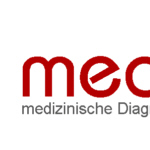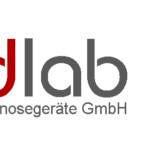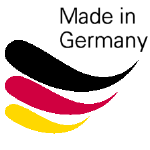History
Medlab medizinische Diagnosegeräte GmbH was founded 1994 and is a privately owned company.
We are located close to Karlsruhe, in the southwest of Germany.
In the beginning, Medlab developed custom pulse oximetry modules for several companies in the medical industry. After continuous growth in the first two years, we introduced our first medical device to the market, the NANOX handheld pulse oximeter.
In 1998, we extended our product range by the NANOX2. This was a versatile and economic handheld pulse oximeter with alarms and memory functions.
We were able to extend our dealer base quite fast. Today, we are represented in more than 40 countries by our partners. In some countries, our devices are the top-selling products in their class.
Since 1997, we are certified according to ISO9001 and EN46001. Later, certification has changed to ISO13485, the successor of EN46001.
As a manufacturer of modules that are built into medical devices of other companies, Medlab is also certified and listed as a supplier by the leading medical device companies.
Medlab is one of the world wide technology leaders in pulse oximetry. More than 20 years of experience in this area help us to fulfil your requirements with our devices promptly and reliably.
We are proud of our capabilities in signal processing and sensor design. Medlab is applying innovative techniques to develop new medical devices that provide our customers with features currently not available on the market. New innovative ideas and products are constantly developed in our research department and we are countinuously working on the improvement of our monitors to fulfil the growing requirements in regard to functionality and price.
An outstanding new product is our PEARL* pulse oximeter family, which is setting new standards in movement artefact suppression and in reliability while being used on low perfused patients.
Also new is the POX·Net, a system that can connect up to six of our table top pulse oximeters to a central station.
The transmission takes place using the wireless DECT** standard, which is accepted in more than 100 countries worldwide. The central station does all alarm handling and management for the remote oximeters and can, due to its slimline design, be fixed on a wall like a picture frame. Therefore, compared to normal central monitoring solutions, the system saves precious space in medical environments.
* "Pulse Enhancement Artifact Rejection Logic"
** "Digital Enhanced Cordless Telephone"


